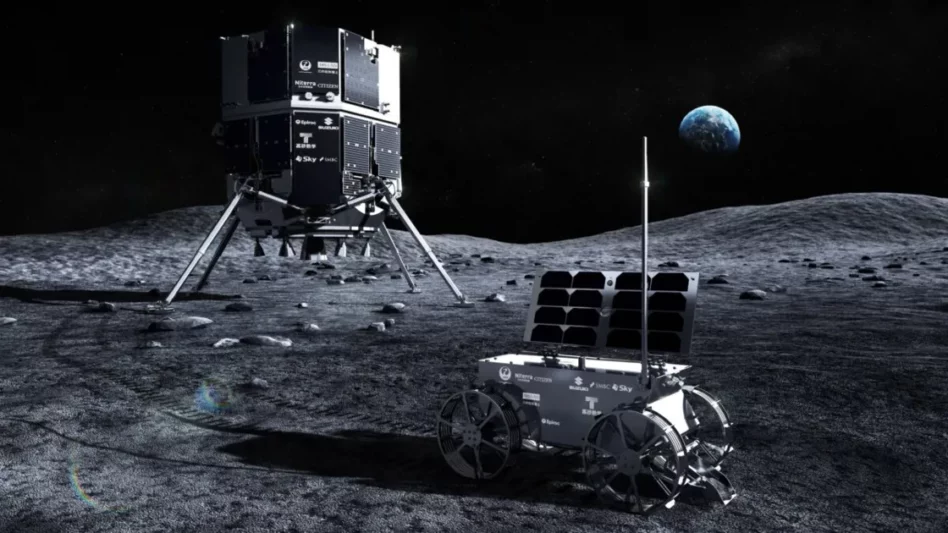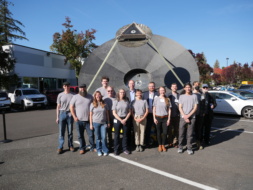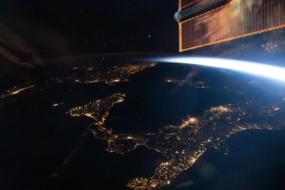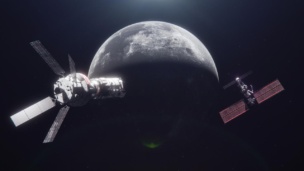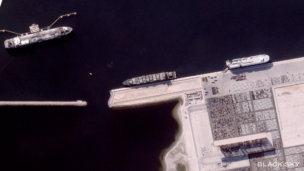Japanese lunar firm ispace will launch its Hakuto-R lander to the Moon on a SpaceX Falcon 9 no earlier than December, CEO Takeshi Hakamada said yesterday.
The lander, called Resilience, is funded by private capital and JAXA, the Japanese space agency, and is expected to be shipped to Cape Canaveral a month and a half before launch.
It will deliver six payloads to the lunar surface, including the first experiment to attempt electrolysis on the Moon, and the Tenacity rover, which will collect regolith samples to sell to NASA—and drop off an art project in the shape of a little red house.
Do over: In 2022, ispace launched its first lander to the Moon, but software errors led the vehicle to lose track of its distance from the Moon and burn through its propellant; it ultimately crashed into the lunar surface. Engineers at the company say they’ve learned from the experience and better prepared the vehicle for a gentle descent.
Winter Moon: ispace is one of three private companies that will attempt Moon landings this winter, and the only mission not funded by NASA’s Commercial Lunar Payload Services program. However, its third mission with US contractor Draper is backed by CLPS.
Here’s the rest of the crew—all expected to fly on Falcon 9s:
- Blue Ghost, the first landing attempt under the CLPS program for Firefly Aerospace, is expected to launch in November.
- IM-2, the second CLPS mission from Intuitive Machines, also scheduled for a December launch.
Cislunar economizing: China’s Chang’e missions have laid the 21st century marker for robotic missions to the Moon, including a first-ever sample return from the far side this year. The US is betting that a portfolio of privately-designed landers can provide more bang for its buck in scoping out potential human landing sites, but after a series of not-quite-perfect touchdowns, it’s time to see somebody stick the landing.
